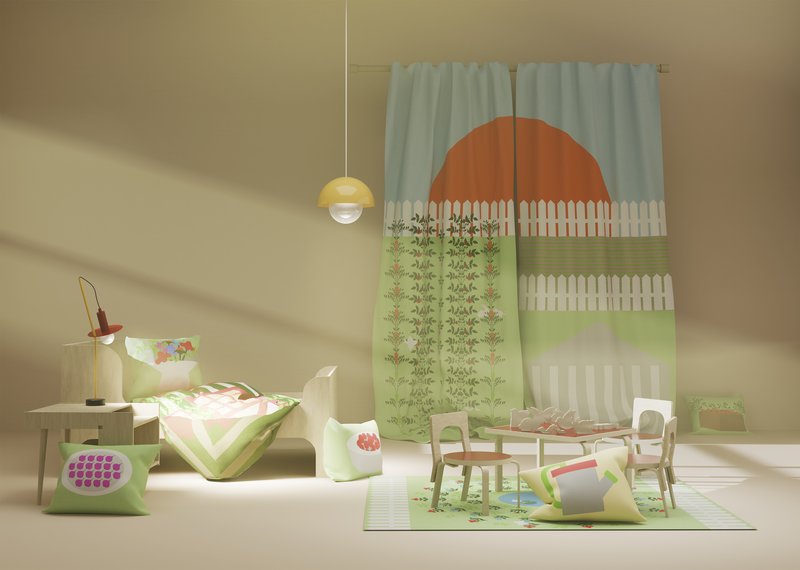
DESIGN FOR LUXURY & CRAFTSMANSHIP
Watches and Wonders Geneva 2024 ECAL x Alloyed
with
Nicolas Le Moigne,
Alexis Georgacopoulos,
Xavier Perrenoud,
Basil Dénéréaz
For the Watches and Wonders Geneva 2024 trade show, ECAL/University of Art and DesignLausanne has teamed up with Alloyed, a company that specialises in metal printingtechnologies, to present an original collection of watch straps. Designed by students in theMaster of Advanced Studies in Design for Luxury and Craftsmanship programme, thesewristbands have been developed using 3D modelling software, resulting in unique pieces thatgo beyond the limits of traditional techniques.
Five of the 15 concepts designed by the students were selected and 3D printed from a finepowder of TI6AI4V titanium—an alloy composed of titanium, aluminium, and vanadium—whosemelting point of around 1,600° Celsius is obtained using a laser beam. Regularly used in theaerospace, and medical industries, this printing technique, known as Laser Powder BedFusion (L-PBF), can be used to create objects with ultra-high-performance mechanicalproperties.
Each project, presented in the form of a prototype or animation, finds its inspiration in thebeauty of nature, through organic structures, as much as in complex systems, closer toengineering. This collaboration brings together technology, craftsmanship, and design—withlinks to the world of fine watchmaking—by combining the expertise of engineers specialising inthe science of materials, the know-how of artisan jewellers and their finishing skills, and thecreativity and innovative spirit of up-and-coming designers.

















































